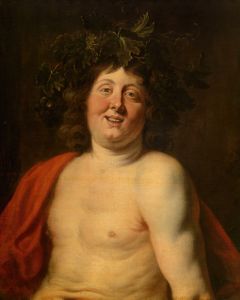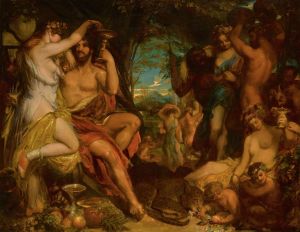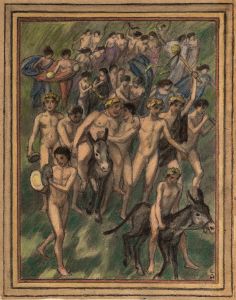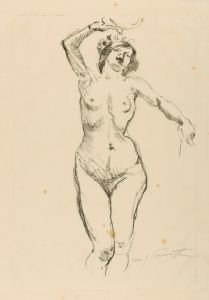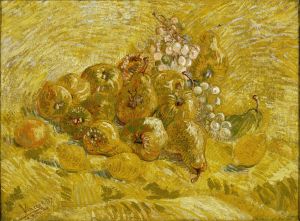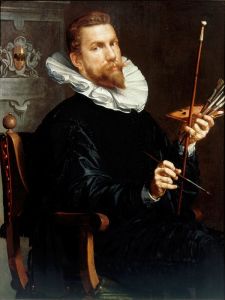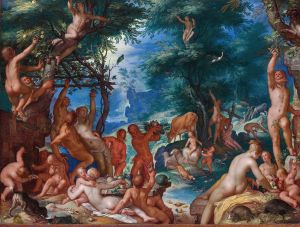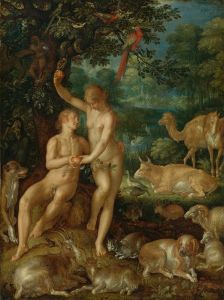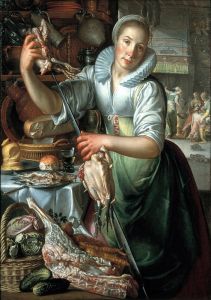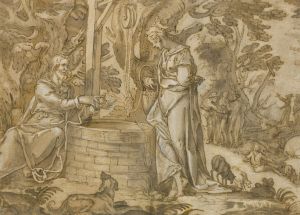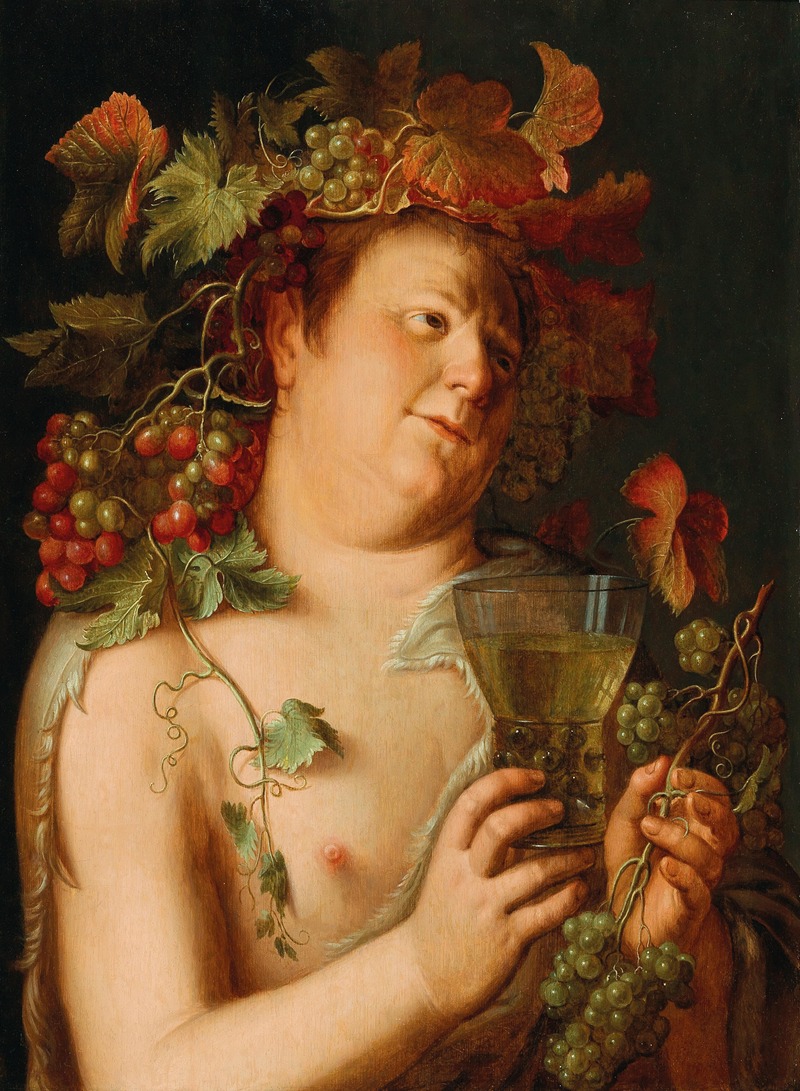
Bacchus
A hand-painted replica of Joachim Wtewael’s masterpiece Bacchus, meticulously crafted by professional artists to capture the true essence of the original. Each piece is created with museum-quality canvas and rare mineral pigments, carefully painted by experienced artists with delicate brushstrokes and rich, layered colors to perfectly recreate the texture of the original artwork. Unlike machine-printed reproductions, this hand-painted version brings the painting to life, infused with the artist’s emotions and skill in every stroke. Whether for personal collection or home decoration, it instantly elevates the artistic atmosphere of any space.
Joachim Wtewael's painting Bacchus is a work by the Dutch Mannerist artist, created during the late 16th or early 17th century. Wtewael (1566–1638) was known for his intricate compositions, vibrant use of color, and meticulous attention to detail, which were hallmarks of the Mannerist style. This painting depicts Bacchus, the Roman god of wine, revelry, and ecstasy, a subject that was popular among artists of the period due to its associations with mythology, indulgence, and the human condition.
In Bacchus, Wtewael portrays the god in a dynamic and theatrical manner, consistent with the Mannerist aesthetic. The figure of Bacchus is typically shown in a state of relaxed indulgence, often accompanied by symbols such as a wine cup, grapevines, or a thyrsus (a staff associated with Bacchus and his followers). Wtewael's rendering of Bacchus likely includes these traditional attributes, emphasizing the god's connection to wine and festivity. The painting may also feature other mythological figures or motifs, as Wtewael often incorporated complex narratives and multiple characters into his works.
Wtewael's use of oil on copper, a medium he frequently employed, allowed for a high level of detail and a luminous finish, enhancing the vibrancy of the colors and the intricacy of the composition. His works are characterized by their small scale and jewel-like quality, which invite close observation. This technique was particularly suited to the refined tastes of collectors during the Dutch Golden Age.
While specific details about the provenance or current location of Bacchus are not widely documented, Wtewael's works are held in major collections worldwide, including the Rijksmuseum in Amsterdam and the National Gallery of Art in Washington, D.C. His paintings are celebrated for their technical mastery and their ability to capture the spirit of the Mannerist movement.
Joachim Wtewael's Bacchus exemplifies the artist's skill in blending mythological themes with the stylistic flourishes of Mannerism, creating a work that is both visually striking and thematically rich. The painting reflects the cultural and artistic interests of the period, offering insight into the ways in which classical mythology was reinterpreted during the Dutch Golden Age.





